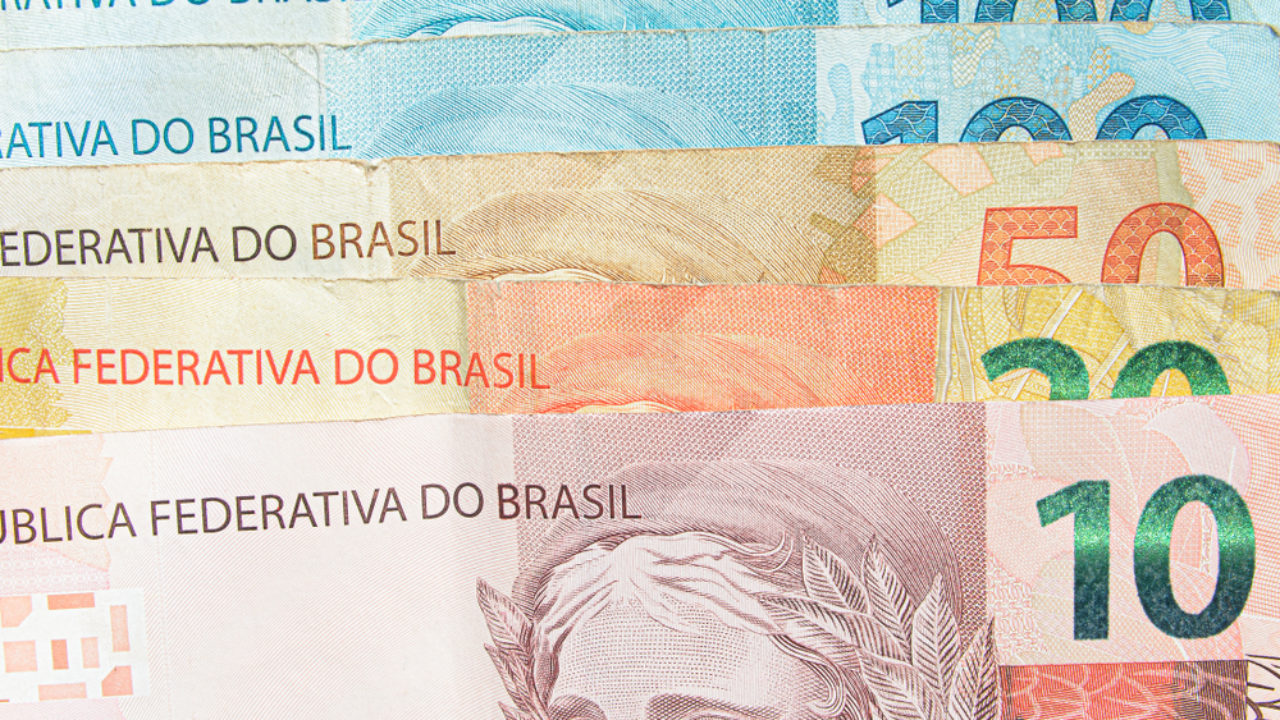RIO DE JANEIRO, BRAZIL – The National Wide Consumer Price Index (IPCA-15), Brazil’s official inflation indicator, accelerated in April and rose 1.73%, the highest monthly variation since February 2003 (2.19%) and the highest for April since 1995 (1.95%).
The IPCA-15 has accumulated a 4.31% raise this year and 12.03% over 12 months, above the 10.79% accumulated over the 12-month period ended in March, according to the Brazilian Institute of Geography and Statistics (IBGE).
The result was 0.78 percentage points above the March rate (0.95%) but below market expectations (the Refinitiv consensus projected a monthly increase of 1.85% and an annual increase of 12.16%).

Itaú’s projection was for a 1.86% hike in the monthly comparison, while Bradesco projected an advance of 1.84%. The reading was that the increase would again be pressured by administered prices, mainly reflecting the readjustment announced by Petrobras in March.
GASOLINE, THE ‘VILLAIN’ OF IPCA-15
In April, the 1.73% rise in the IPCA-15 was driven precisely by transport (3.43%), mainly due to increased gasoline prices. The fuel rose 7.51% in the month and contributed to the most significant individual impact on the index (0.48 percentage points), but diesel oil (13.11%), ethanol (6.60%), and vehicular gas (2.28%) prices also rose.
Airline tickets, which had dropped 7.55% in March, rose 9.43% in April. For the eighth consecutive month, prices for car insurance also rose (3.03%) and have accumulated a 23.46% hike in the last 12 months. Cab (4.36%), subway (1.66%), and urban bus fares (0.75%) also rose.
Foodstuff and beverage prices advanced 2.25% in the month, boosted by the hike in items consumed at home (3.00%). The main culprits were tomatoes (26.17%) and long-life milk (12.21%), which together contributed 0.16 percentage points to the IPCA-15 result.
Other products that witnessed significant hikes were carrots (15.02%), soybean oil (11.47%), potatoes (9.86%), and French bread (4.36%). Foodstuffs outside the home rose 0.28% in April but slowed down compared to the 0.52% in March.
BOTTLED GAS AND ELECTRIC ENERGY ALSO WEIGH
The hike in the cylinder gas (8.09%) had the most significant impact (0.11 p.p.) on housing (1.73%), and prices for piped gas also rose (3.31%). The second-largest contribution to the group (0.09 p.p.) came from electric power (1.92%), with readjustments of over 15% in the two utilities in Rio de Janeiro (11.25%).
All the clothing items (1.97%) rose in April, including jewelry and costume jewelry (0.61%), and the largest contribution to the hike came from women’s clothing (2.70%).
The health and personal care group rose 0.47% but slowed down compared to March (1.30%) due to the 0.87% retreat in personal hygiene items (which had risen 3.98% in the previous month). Pharmaceutical products rose 3.37% after the government authorized an increase of up to 10.89% in the price of medicines.
Except for communication (-0.05%), all the product and service groups surveyed rose in April. The other groups were between 0.05% high in education and 0.94% in household items.
EXPECTATION FOR SELIC HIKE
The April IPCA-15 result (1.73%) was slightly above the March IPCA (1.62%), which was the highest for the month since 1994 and came in higher than expected, raising questions about how long the Central Bank should continue raising the Selic rate.
The basic interest rate for the Brazilian economy is currently at 11.75% a year. The Copom (Monetary Policy Committee of the Central Bank) will meet next week to decide whether to continue the cycle of interest rate hikes. The forecast is for the Selic to rise by another one percentage point. The question is whether this will be the last adjustment or if it will be necessary to extend the cycle of interest rate hikes to control inflation.
The Focus Report released yesterday by the Central Bank, after almost a month of “blackout”, showed that the market is already predicting that inflation will end the year at 7.65% – more than double the Central Bank’s target, which is 3.5% with a tolerance of 1.5 percentage points (in other words: the target will be met if the index stays between 2% and 5%).
The median of the projections for the IPCA of 2022 advanced for the 15th consecutive week, and the market also raised the estimates for 2023 and 2024 (to 4% and 3.2%, respectively). With this, the projections for the next two years are also above the target (of 3.25% and 3.00%, respectively), a sign of unanchored expectations.
In addition, the market also started to forecast a higher Selic this year. The estimate is that the basic rate will end the year at 13.25% (against 13% four weeks ago), which would imply another increase of 0.5 percentage points at the June Copom meeting. The projections for the Selic rate remain the same for 2023, 2024, and 2025 (9%, 7.5%, and 7%, respectively).
With information from InfoMoney

